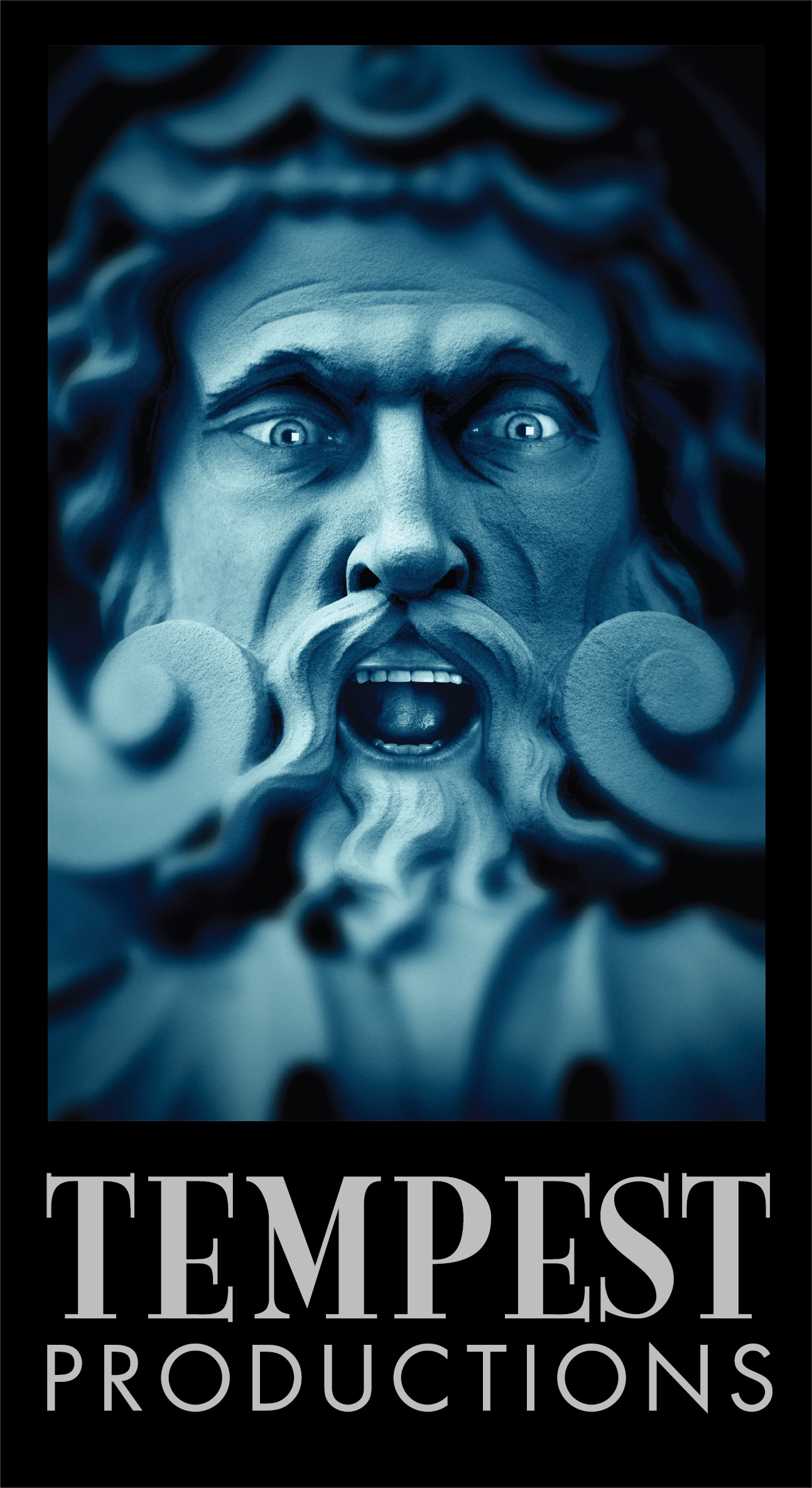
Introducing Ann Van Kuren! Ann’s company VanDance Inc. was one of the founding Legacy Companies of the Theatre and Dance Fest in 2018. Recently, Ann worked as an artist in residence doing site-specific choreography in Acadia National Park. https://www.facebook.com/vandanceinc/
How does site-specific choreography differ from your normal choreographic process? For me, site-specific choreography should be “of the place.” It isn’t choreography that is simply performed in a location that isn’t a theater venue. It should take into account the architecture/landscape, history, feel, sounds, etc. of the site, and use this to inform the choreography. This is a departure from my typical process, which doesn’t necessarily come from the environment. More often it comes from the body’s movement and expression or a literary theme.
What research did you do about the site before beginning your creative process? When I begin a new site-specific piece, I spend a lot of time gathering information about the site. I read a lot, talk to people and hear their stories. I spend some time at the site just experiencing how it speaks to me. With regards to Acadia National Park, I had visited the site to hike, camp, canoe, and sightsee several times before applying for this residency. I augmented this experience of the park by researching the history of the region, visiting the Abbe Museum at Sieur de Monts Spring and in Bar Harbor, and attending ranger talks. I looked for books and stories from the region and talked to the historical society. I also did a lot of hiking and sightseeing in parts of the park I hadn’t visited before, while filming and journaling.
The next step is to interact with the site and explore movement and sound in relation to the history, stories and sensations collected. Much of this can still be in search of the “idea” for the piece. (This is done together with the dancers sometimes.) Once the “idea” comes to me, the piece unfolds and reveals the direction I must take and movement that must be created. It is a circular process that often leads to exploring with the new movement in the space, which alters and changes it. Sometimes it’s more laborious and unpredictable.
What is the Acadia project and how did you get involved in it? I am an Artist in Residence at Acadia National Park in Maine this year. This is something that has been on my bucket list for many years. Application announcements for many opportunities are always showing up in my inbox. When I can, I apply, and this time all the forces aligned for me. This year the park wanted to feature dancers because it never had before, and four dancers they were interested in applied to them this year. It’s a great opportunity in that it gives me time away from the usual demands of daily life to just be with my creative impulses and make work.
What is it like to be an artist in residence? It’s really exciting and a lot of fun! It’s not like a vacation because you have commitments to fulfill, but it is like being an honored guest. You have access to all of the resources of the host site. Since this host is a park the activities are recreational, beautiful, enjoyable, and back to nature. I had the wonderful opportunity to stay for three days on Isle au Haut, a remote island accessible by the mailboat. I lived in a rustic 100-year old cabin, away from most human sounds other than your own, which elevated the sounds of nature, other than a far-off harbor bell and occasional boat motors, and of silence.
What do you want audiences to take away from your Acadia piece? I believe that every place on earth has a unique sense of being. Unique factors, historical and current, contribute to what it is. I’d like VanDance’s Acadia National Park piece to be an expression of the uniqueness that Acadia is. I also hope that through this piece audience members realize a greater awareness of their own “sense of place.”
